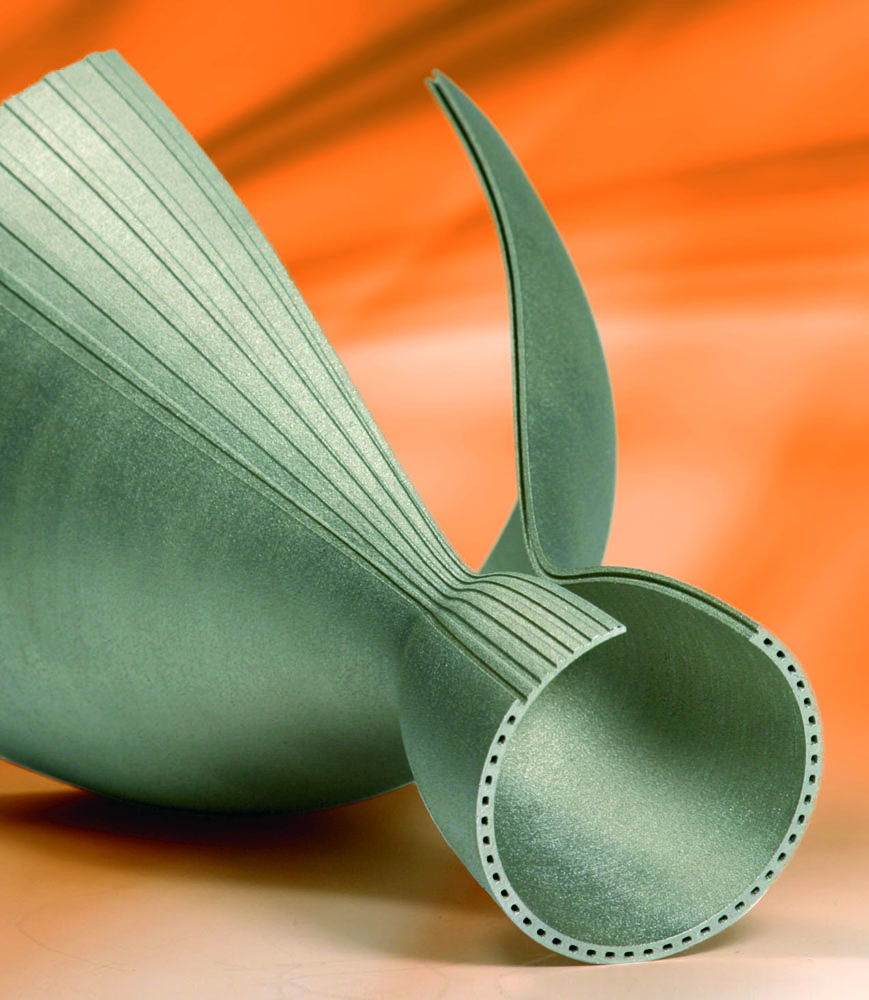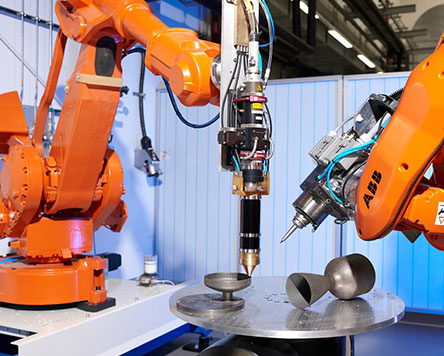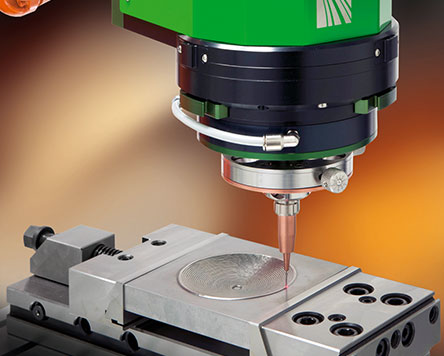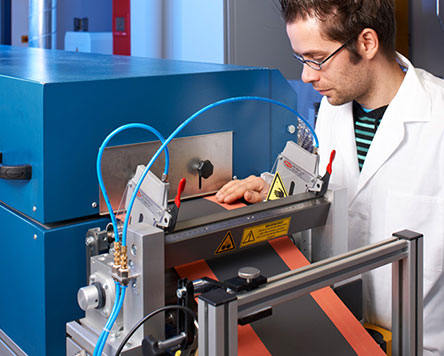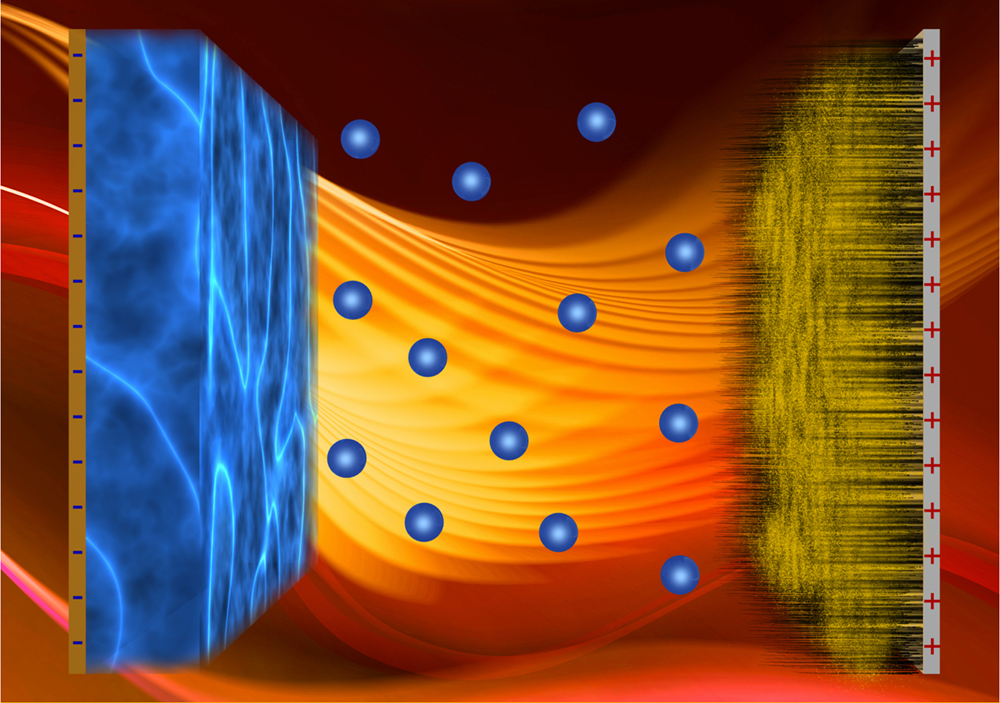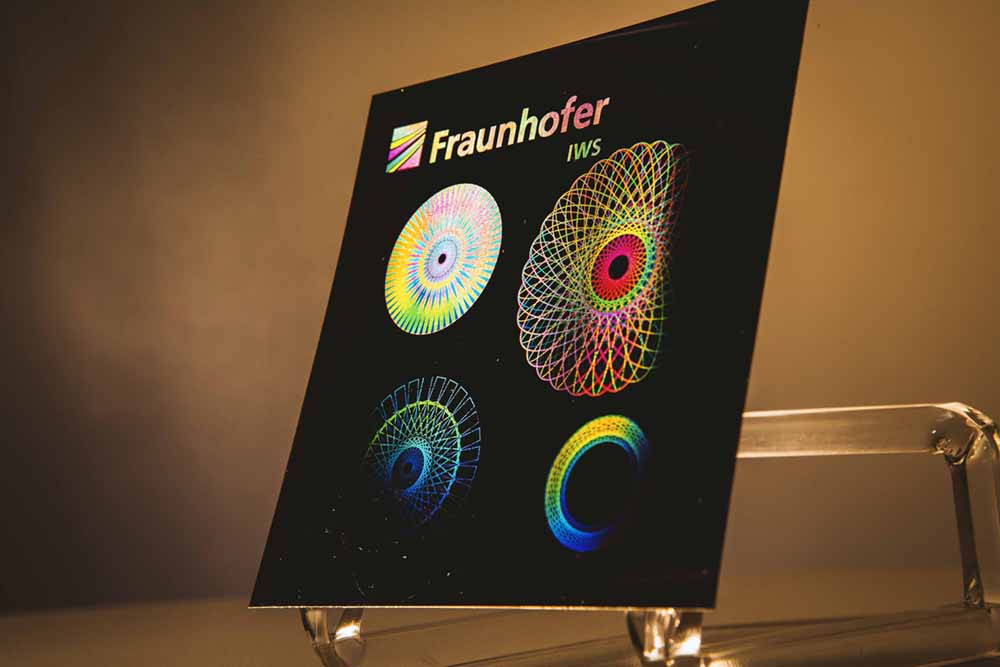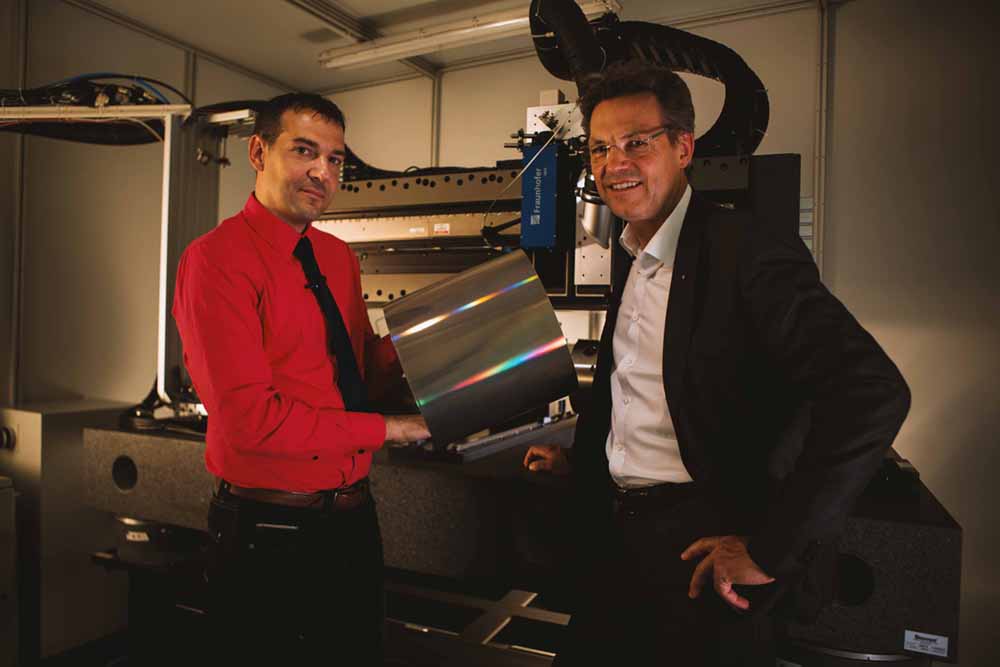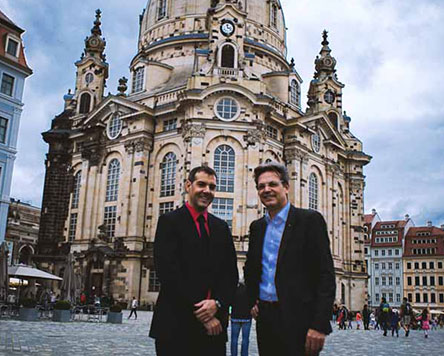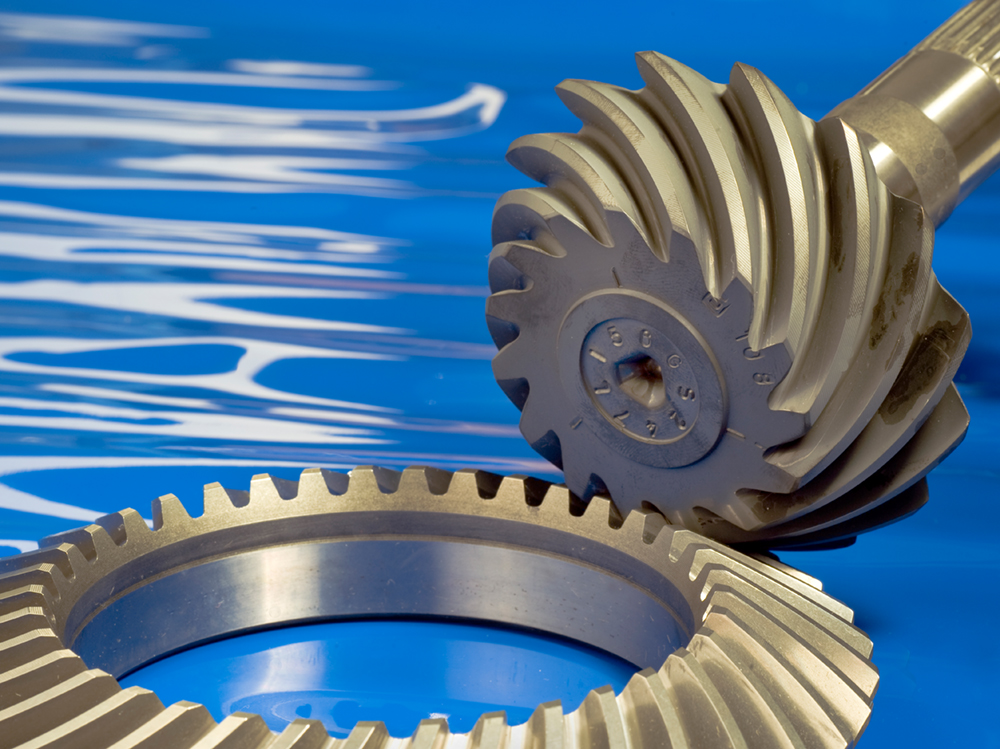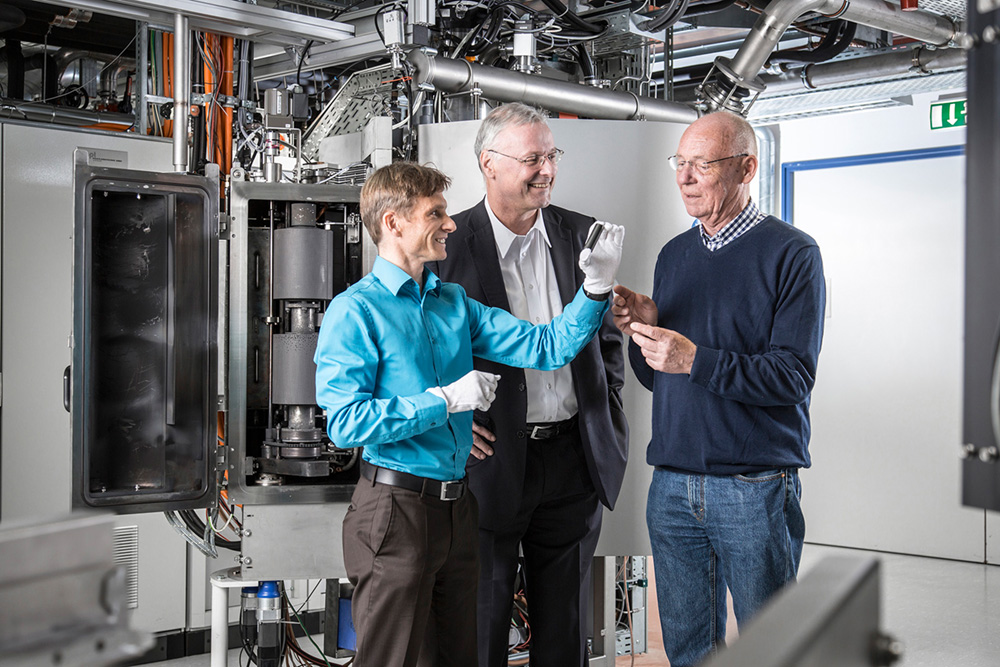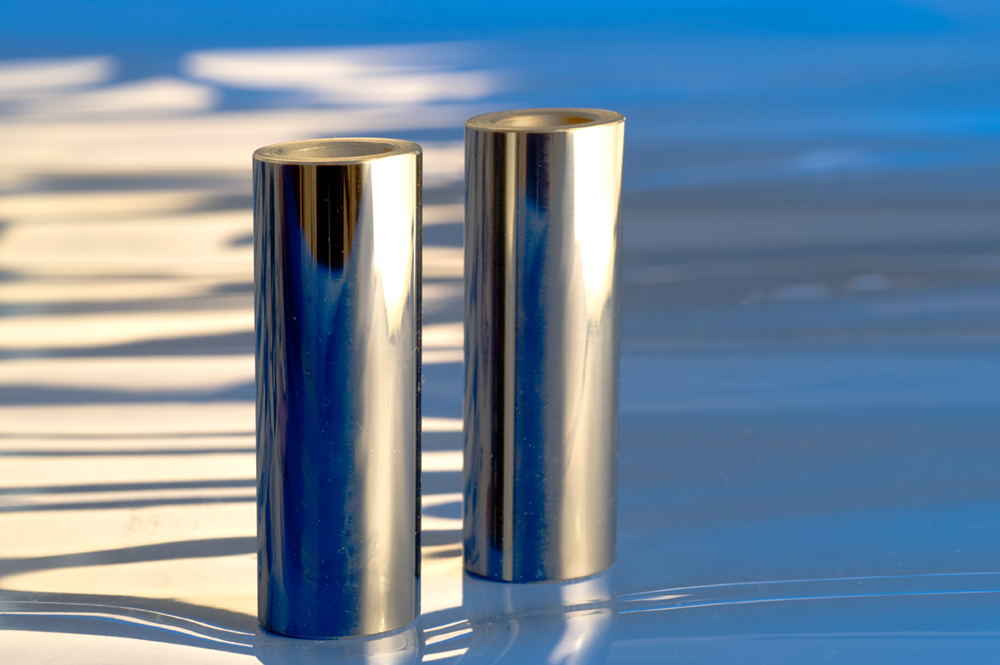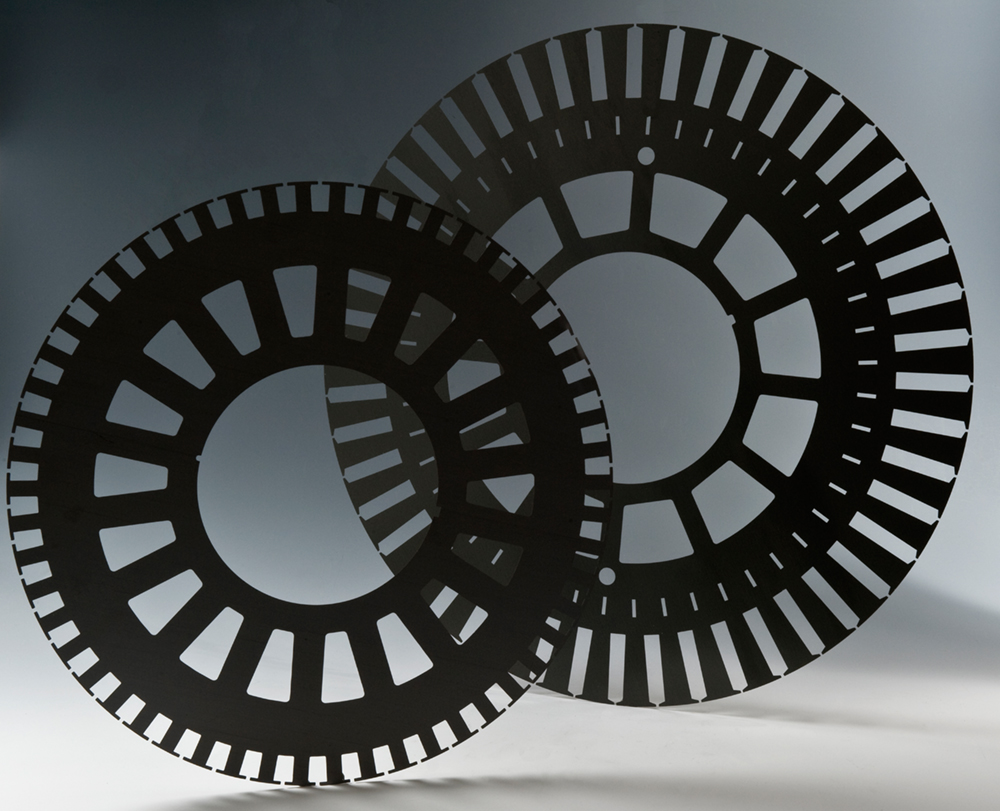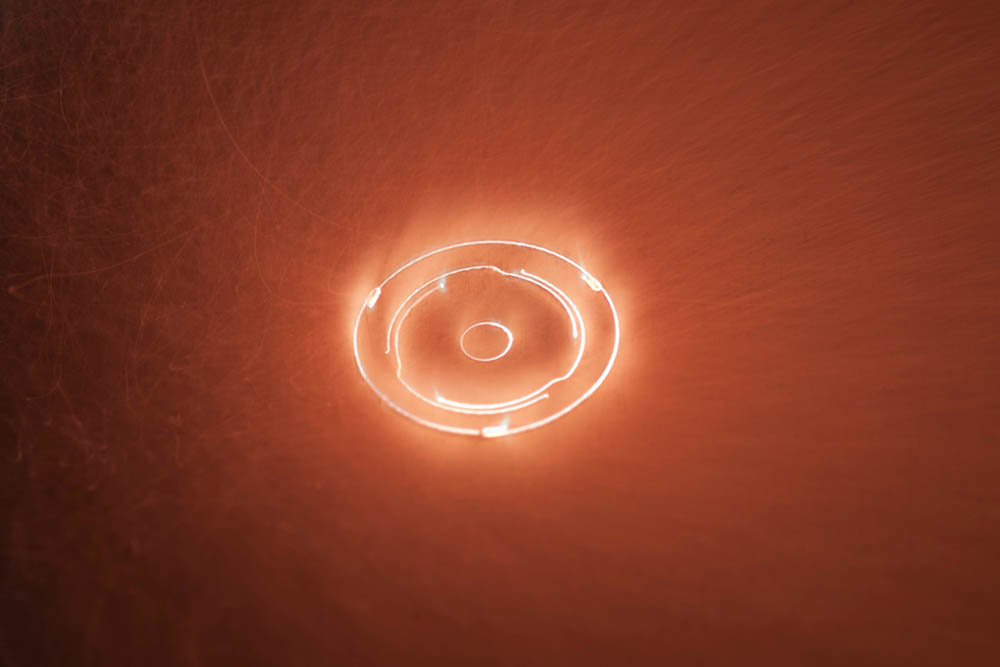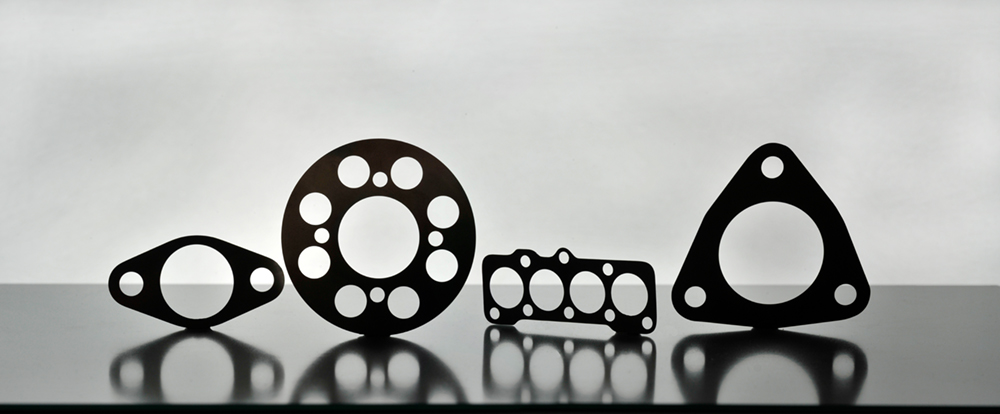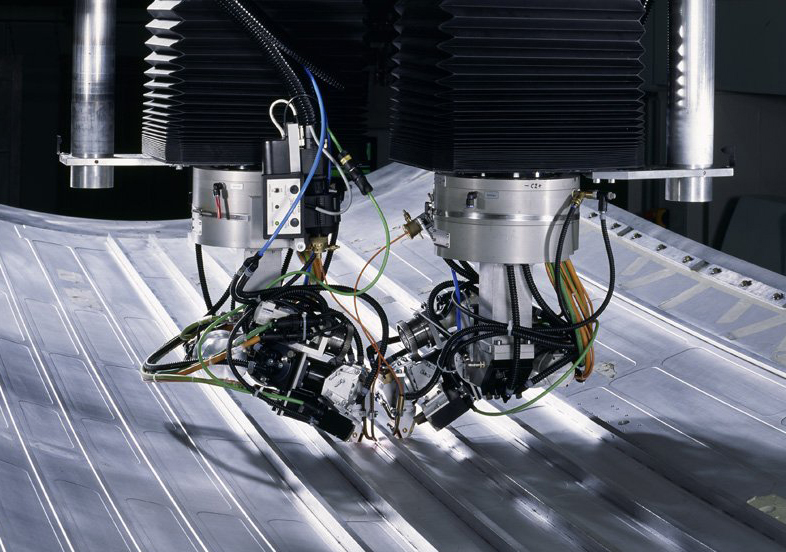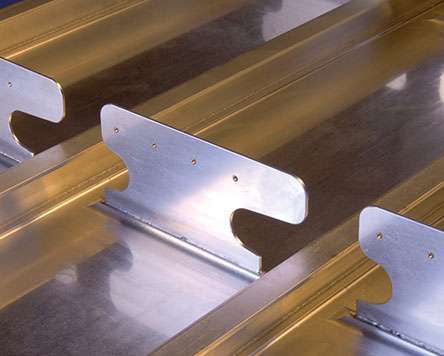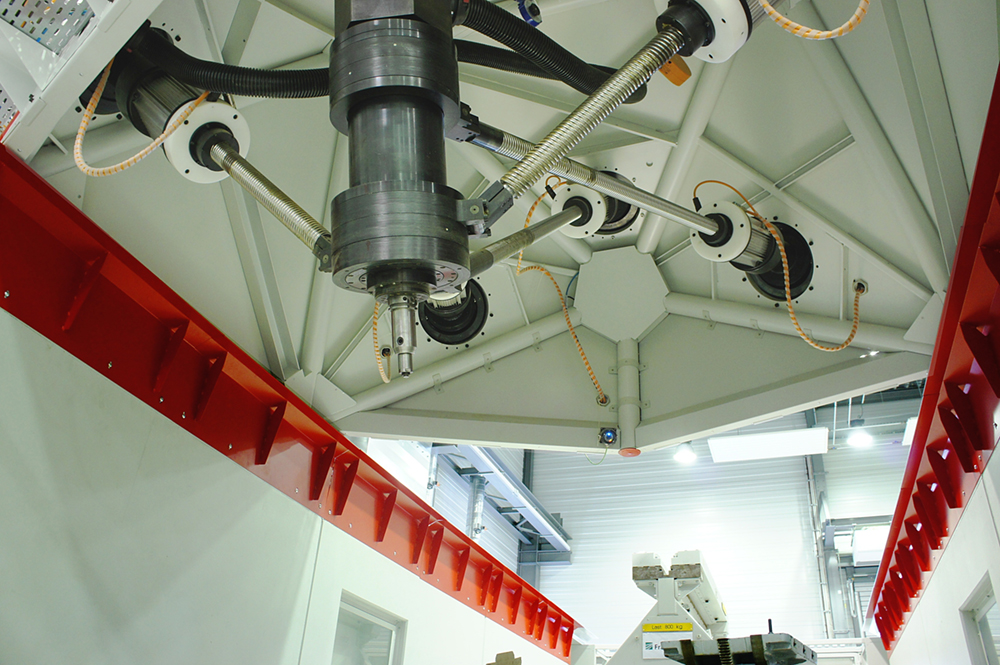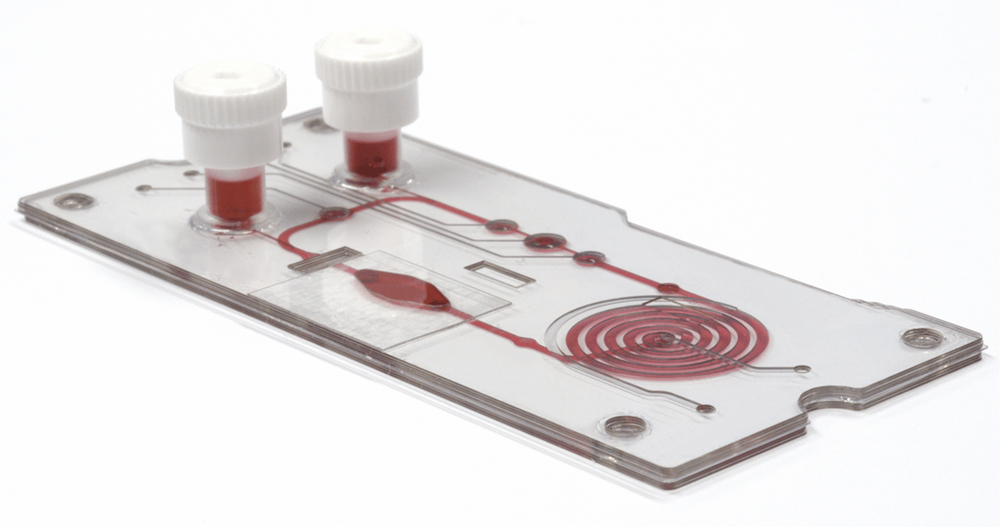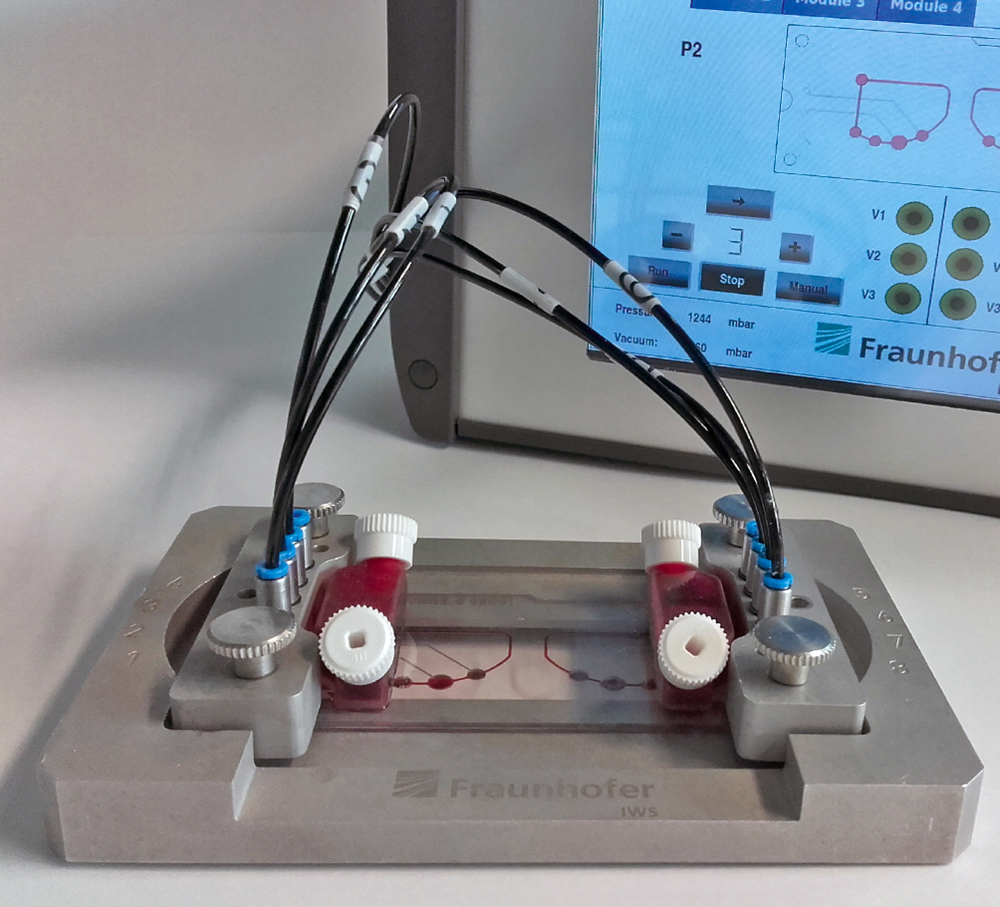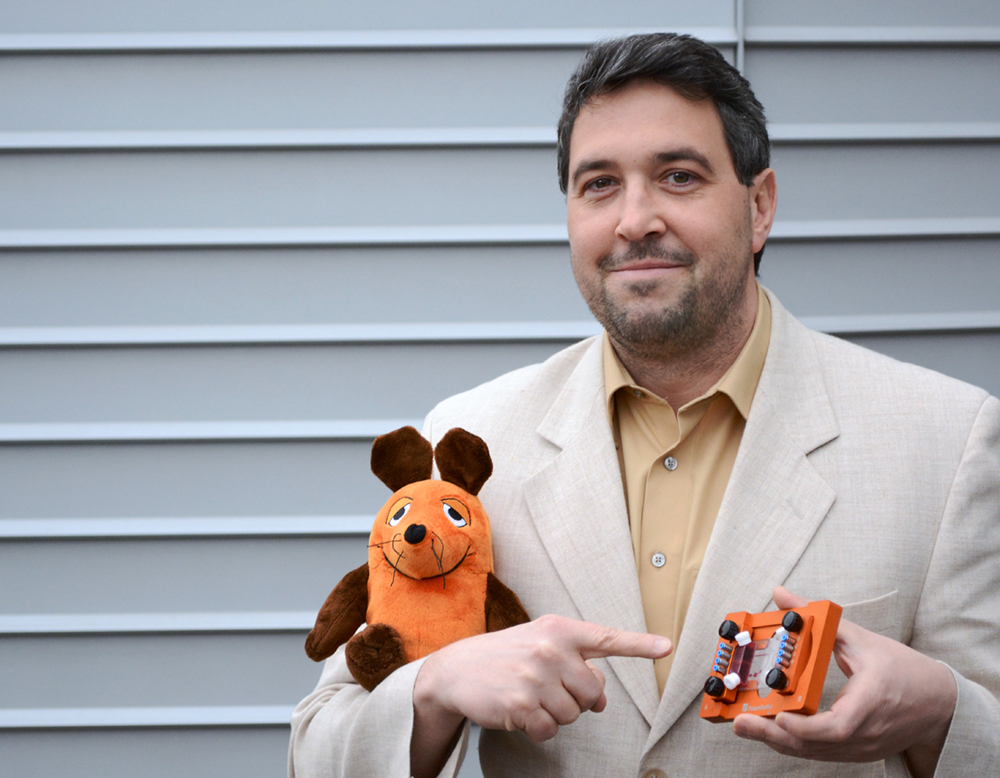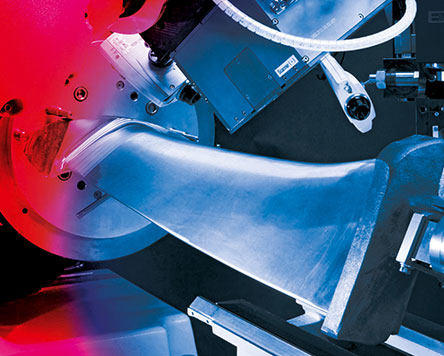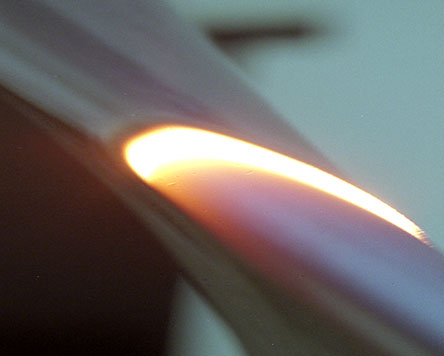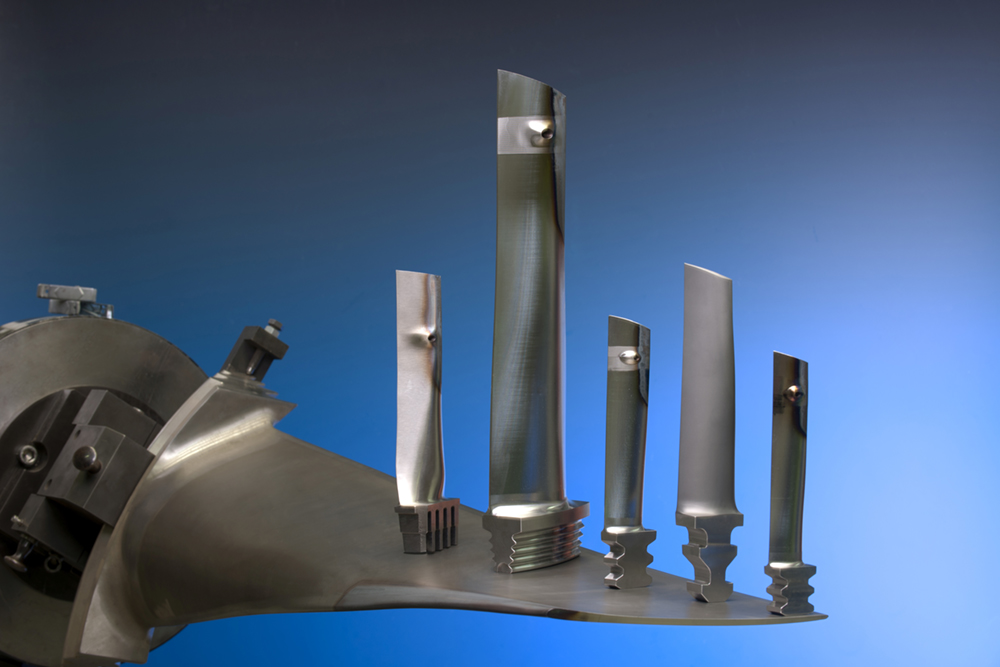Artificial mini organisms instead of animal testing
The microphysiological systems developed at the Fraunhofer IWS are miniaturized cell culture systems the size of a business card, which reproduce the pharmacologically relevant functional mechanisms of the human body. As well as the distribution of substances through a network of vessels, this also includes the microphysiological environment of somatic cells and the interaction between different cell types. Thus, the biochemical and cellular procedures of the human body’s organs can be reproduced. This is necessary to replace complicated pharmaceutical tests, which currently take place through animal testing.
In specific terms, researchers are mimicking the function of the organs and organ systems through the joint cultivation of several human cell types in the microphysiological system. As in the human body, different cell types need different conditions to fulfil their specific functions. The researchers’ task at Fraunhofer IWS is to develop customized microphysiological systems for various organs on the chip, thus contributing to a reduction in animal testing. Important body functions, such as the constant regulation of temperature at 37 °degrees centigrade, are provided in all microphysiological systems using technical solutions such as heating and cooling elements. The special feature of the microphysiological systems developed at the Fraunhofer IWS is a miniaturized pump based on the human heart. Powered by a special controller, blood-like cell culture medium is circulated in the artificial capillary network, ensuring cells are cultivated at optimal levels of oxygen and nutrients. The size of the artificial capillary network can be calculated using mathematical models.
The developed microphysiological systems are used by many partners in research and industry. The applications range from individual organ structures in one microphysiological system to many organs in a “multi-organ-chip”. Together with the University Hospital Dresden the Fraunhofer IWS researchers have developed a microphysiological model of the renal capillaries. This allows important kidney disease processes to be reconstructed without using laboratory mice, thus reducing animal testing in basic research. The researchers are currently developing a complete cellular model of the kidneys.
Links
 Fraunhofer Dresden
Fraunhofer Dresden